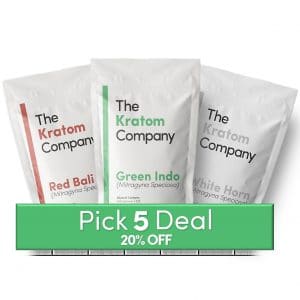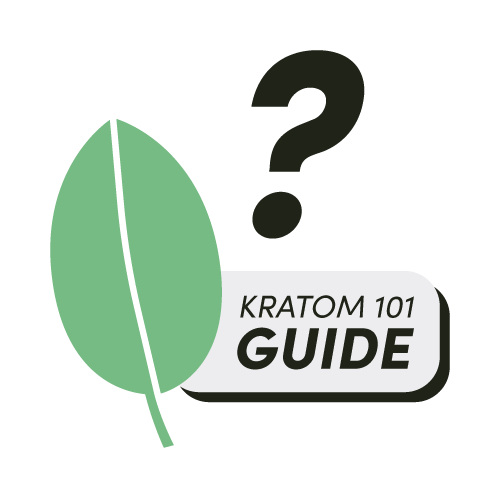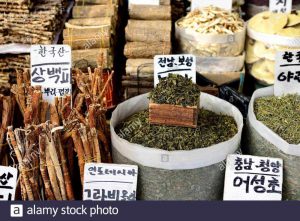- Buy Kratom
-
-
-
- New to Kratom? Try out our Sample Pack to see what strain best suits your needs!TRY NOW
-
-
- Shop By Strain
-
-
-
- New to Kratom? Try out our Sample Pack to see what strain best suits your needs!TRY NOW
-
-
- Resources
-
-
- Sign up for our newsletter to get the latest on Kratom and recieve 30% OFF your first order!SIGN UP
-
- Wholesale
-
×
Skip to content
Product Tags
-
Quick View
- Sale!
Our Pick 5 Bundle Deal
- From $80.00
- Select options
4.91 out of 554 Reviews
Home » The Chemistry of Kratom: A Deeper Dive into Its Key Alkaloid Ingredients
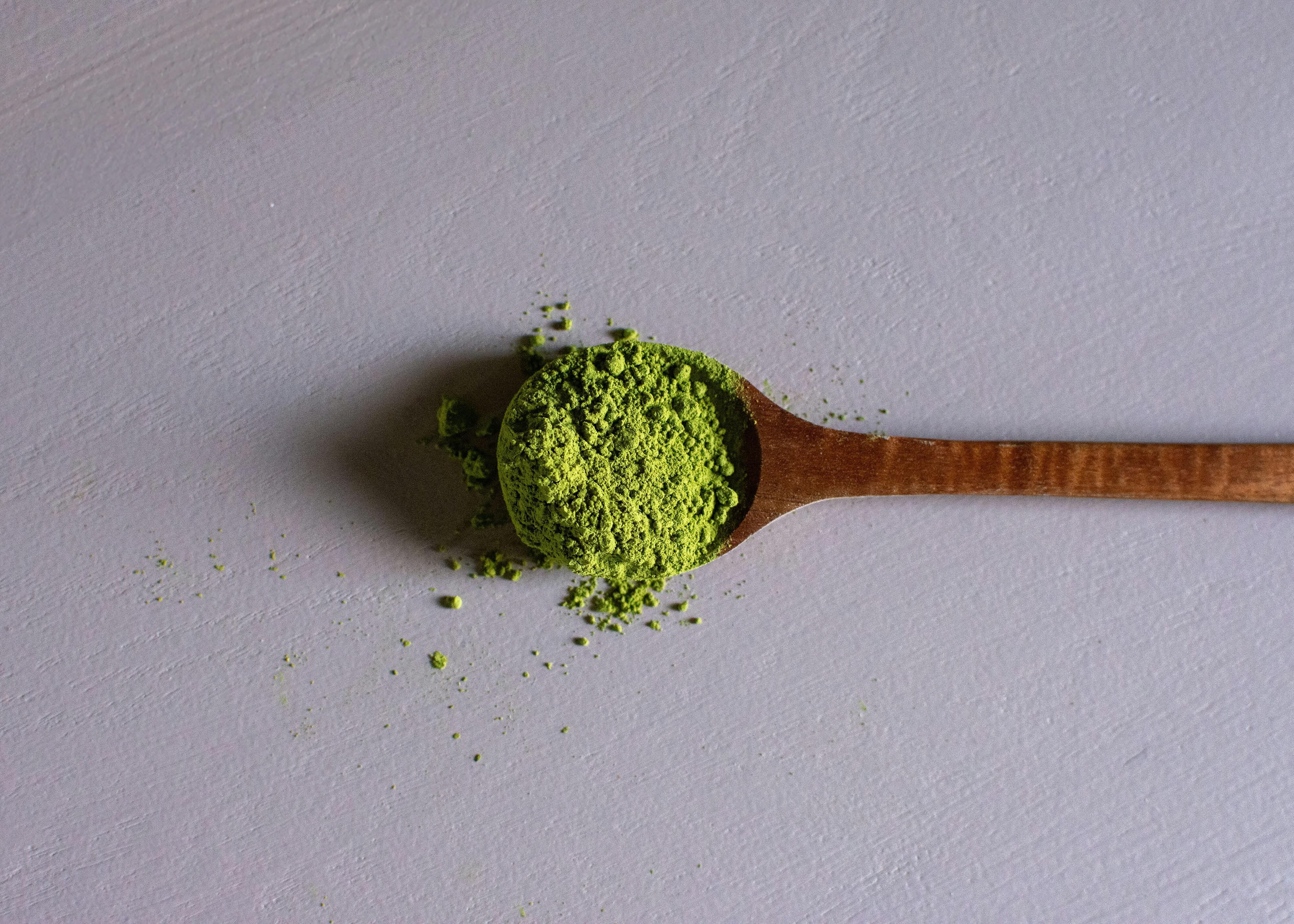
The Chemistry of Kratom: A Deeper Dive into Its Key Alkaloid Ingredients
- Anthony Dent, Founding Member
- No Comments
- Kratom’s unique effects come from naturally occurring compounds called alkaloids, primarily found in its leaves.
- Mitragynine & 7-OH: Mitragynine (the most abundant) and 7-hydroxymitragynine (highly potent despite lower concentration) are the major alkaloids responsible for many of kratom’s distinct properties.
- The specific mix and concentration of over 40 alkaloids vary between kratom strains (like Red, White, and Green), explaining why different strains offer different experiences (e.g., relaxation vs. energy).
- Knowing about these compounds helps users make informed choices and appreciate the complex chemistry behind kratom’s benefits and characteristics.
Let’s be real: chemistry class probably became a struggle for most of us when the equations arrived — all that algebra. It’s a pity because most of us want to know how things work at a basic level, and chemistry is the basis of nearly everything. Fortunately, we don’t need fancy formulas to understand the basics. That’s why today, we’re exploring the chemistry of kratom through its active ingredients: the unique alkaloids hidden deep inside its leaves.
Many people have heard of kratom, but few understand the complex world around these powerful compounds that make up the kratom strains and unlock their different effects and experiences. Knowledge of these compounds is essential to understanding and enjoying the plant and making informed choices. Read on to discover more about kratom alkaloids, their science, types, and new kratom alkaloid products.

What are Alkaloids?
Alkaloids are naturally occurring organic compounds primarily found in plants. These nitrogen-containing molecules have played significant roles in human history through their presence in botanicals used in traditional practices worldwide. Plants produce alkaloids as part of their natural defense systems. Some create bitter tastes, discouraging hungry predators, while others protect against environmental threats.
Far from being waste products, as once thought, alkaloids serve crucial functions in plant survival. Scientists have identified over 3,000 different alkaloids across more than 4,000 plant species, demonstrating remarkable diversity in structure and function. Their biological activity makes alkaloid-containing plants particularly valuable for research and traditional use.
Many familiar substances contain notable alkaloids — caffeine in coffee provides mental alertness, theobromine gives chocolate its mood-lifting qualities, and nicotine creates the characteristic properties of tobacco. Each alkaloid interacts with human biology in specific ways through precisely shaped molecular structures.
Kratom and Its Alkaloids
What makes kratom particularly fascinating is its rich alkaloid profile that has significant medicinal potential. Scientists have identified more than 40 different alkaloids in kratom leaves, creating a complex natural composition that varies between strains and growing conditions. These alkaloids belong primarily to the “indole” classification, with mitragynine being the most abundant.
Different kratom varieties contain varying concentrations and proportions of these compounds, which explains why users report distinct experiences with different strains. For instance, many users note that Red Bali creates relaxing sensations, while White Thai tends to support energy and focus. These unique properties stem directly from the unique alkaloid profiles found in each variety.
Major Alkaloids in Kratom
Mitragynine
Mitragynine stands as kratom’s primary alkaloid, typically making up 66% of the total alkaloid content in Thai varieties. This compound interacts with several receptor systems in the body, including opioid, adrenergic, and serotonergic receptors.
Users often report that mitragynine-rich strains provide:
- Natural support for occasional discomfort
- Feelings of mental clarity and focus
- A sense of well-being and positive mood
Research into mitragynine continues to expand, with scientists particularly interested in its unique interaction profile compared to other natural compounds.
7-Hydroxymitragynine (7-OH)
Although 7-hydroxymitragynine comprises only about 2% of kratom’s alkaloid profile, it demonstrates remarkable potency. Research suggests it may be 10-13 times more active than mitragynine and interacts with receptors differently.
Users typically associate 7-OH-rich strains with:
- Strong support for physical comfort
- Deeply relaxing properties
- Calming sensations throughout the body
The concentration of 7-OH varies significantly between kratom strains based on growing conditions, harvesting practices, and drying techniques.
Speciogynine
As the second most abundant alkaloid in most kratom varieties, speciogynine contributes to the plant’s overall properties. Many users report that strains with higher speciogynine alkaloid content provide:
- Muscle-relaxing sensations
- Complementary support to mitragynine’s properties
- Balanced, moderate experiences
Paynantheine
Paynantheine works alongside other alkaloids to create kratom’s full spectrum of properties. This alkaloid enhances the activity of mitragynine, demonstrating the importance of kratom’s complete natural profile rather than isolated compounds.
Speciofoline or Speciociliatine
Research suggests that Speciofoline may modulate how other kratom alkaloids interact with the body’s systems. This compound represents kratom’s complex natural chemistry and how multiple alkaloids create more balanced properties than any single compound alone.
How Alkaloid Profiles Shape Different Kratom Strains
The fascinating diversity of kratom experiences stems directly from varying alkaloid compositions. For instance, environmental factors, harvesting timing, and post-harvest processing all influence which alkaloids develop and in what proportions.
Red Vein Varieties
Red vein kratom typically develops during longer maturation periods and often undergoes specific drying techniques. These processes tend to create higher concentrations of 7-hydroxymitragynine and related alkaloids. Users frequently report:
- Deep feelings of relaxation
- Support for physical comfort
- Calming properties ideal for evening use
White Vein Varieties
Harvested from younger leaves, white vein kratom generally contains higher mitragynine levels with less 7-OH content. Users typically describe:
- Increased feelings of energy and alertness
- Enhanced focus and concentration
- Mood-supporting properties
Green Vein Varieties
Green vein kratom offers a balanced alkaloid profile between red and white varieties. Users often report:
- Moderate energy support without overwhelming intensity
- Balanced comfort properties
- Versatility for various situations
The Kratom Company’s Advanced Alkaloid Products
At The Kratom Company, we’ve developed specialized products that showcase the remarkable properties of kratom’s natural alkaloids. Our advanced formulations include:
Pure Kratom Liquid Extract
Our liquid extract undergoes careful processing to preserve kratom’s complete alkaloid profile while enhancing concentration. This full-spectrum approach maintains the natural balance of compounds while providing a more concentrated form. The liquid format offers precise measurement and faster absorption than traditional powder forms. Try mixing our liquid extract with tea or lemonade to create a pleasant-tasting experience.
Pseudoindoxyl Mitragynine Extract
For those seeking a stronger kratom experience, our specialized Pseudoindoxyl Mitragynine extract offers unique benefits with its distinctive alkaloid profile. Our Red Liquid Extract is carefully formulated with 200mg of mitragynine extract plus 10mg of mitragynine pseudoindoxyl. This unique compound is created when mitragynine, the main alkaloid in kratom, is metabolized, resulting in enhanced deep and soothing properties. Ideal for promoting relaxation and well-being, this specialized extract has outperformed popular products in customer reviews, making it one of our most sought-after kratom products.
Strain-Specific Alkaloid Capsules
Our strain-specific capsules highlight particular alkaloid profiles associated with different kratom varieties. Whether you prefer the energizing qualities of White Horn or the relaxing properties of Red Bali, these standardized products deliver consistent experiences with each serving. Please note that our capsules are not vegan.
The Science of Kratom Alkaloids

Scientific understanding of kratom alkaloids continues evolving as research expands. Several key areas have emerged:
Receptor Interactions
Kratom alkaloids interact with multiple receptor systems in the body, including opioid, adrenergic, serotonergic, and dopaminergic pathways. This complex interaction profile differs significantly from other botanical compounds. Research indicates that mitragynine and 7-hydroxymitragynine function as partial agonists at certain opioid receptors — meaning they activate these receptors but with less intensity than full agonists. This partial activation may explain many user-reported experiences.
Traditional Use and Modern Interest
Throughout Southeast Asia, kratom has a rich history spanning thousands of years. Traditional workers would use fresh leaves during long days of physical labor, while others prepared kratom tea for social gatherings. These traditional applications have sparked scientific interest in kratom alkaloids as potential starting points for developing new compounds that might address various conditions through novel mechanisms.
The Future of Kratom Alkaloid Research
As scientific techniques advance, researchers continue exploring kratom’s complex chemistry with growing interest:
- Alkaloid Isolation: Improved methods for isolating and studying individual kratom alkaloids allow more detailed analysis of their properties.
- Receptor Studies: Advanced research into how specific alkaloids interact with various receptor systems provides insights into their mechanisms.
- Synergistic Effects: Understanding how kratom’s multiple alkaloids work together reveals important principles about botanical complexity.
Learn More On Our Blog
Kratom’s alkaloids represent a fascinating intersection of traditional knowledge and modern scientific inquiry. These complex compounds are mainly responsible for kratom’s distinct properties and have left scientists and enthusiasts alike wanting to know more. The more we learn, the more we realize the sophisticated chemistry nature has designed in the kratom plant. Scientific understanding of these compounds, coupled with respect to traditional approaches and wisdom, leads to greater insight into kratom’s potential.
At The Kratom Company, we remain committed to advancing this knowledge through our carefully formulated alkaloid products and support for ethical, scientific research into this remarkable botanical. Want to learn more about kratom and the latest developments? Explore our blog.
Featured Products
-
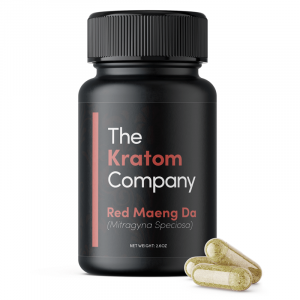 From $24.00Select options This product has multiple variants. The options may be chosen on the product page
From $24.00Select options This product has multiple variants. The options may be chosen on the product page -
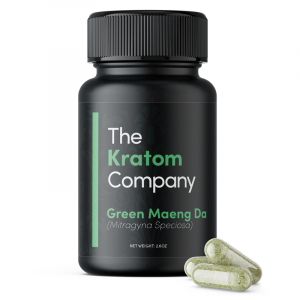 From $24.00Select options This product has multiple variants. The options may be chosen on the product page
From $24.00Select options This product has multiple variants. The options may be chosen on the product page -
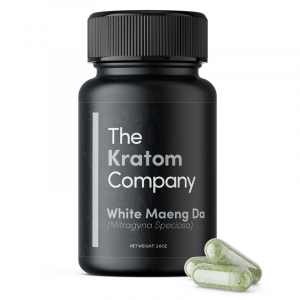 From $24.00Select options This product has multiple variants. The options may be chosen on the product page
From $24.00Select options This product has multiple variants. The options may be chosen on the product page
Explore More Posts
Product Search
Shop By Strains
Featured Products
-
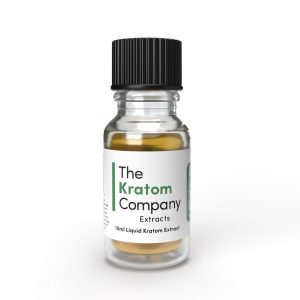 Pure Kratom Liquid Extract
Rated 4.72 out of 5From $20.00
Pure Kratom Liquid Extract
Rated 4.72 out of 5From $20.00 -
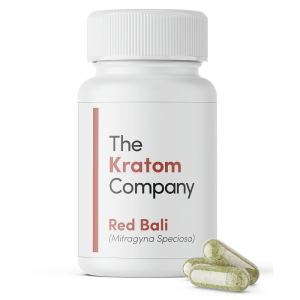 Red Vein Bali Kratom Capsules
Rated 4.70 out of 5From $24.00
Red Vein Bali Kratom Capsules
Rated 4.70 out of 5From $24.00 -
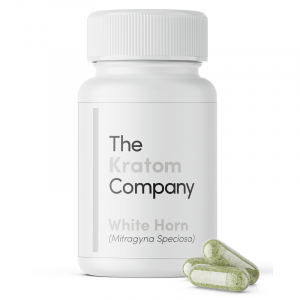 White Horn Kratom Capsules
Rated 4.88 out of 5From $24.00
White Horn Kratom Capsules
Rated 4.88 out of 5From $24.00
Follow Us
Strains
Blogs
NEWSLETTER
Sign up for our newsletter!

These statements and products presented on this website have not been evaluated by the Food and Drug Administration FDA. The products mentioned on this website are not intended to diagnose, prevent, treat or cure any diseases or health conditions. Therefore any information on this website is presented solely as the opinions of their respective authors who do not claim in any way shape or form to be medical professionals providing medical advice. The KRTM Company and its owners or employees cannot be held responsible for, and will not be liable for the inaccuracy or application of any information whatsoever herein provided. By purchasing our products you agree that you are aware and in compliance with your local county, state, or federal regulations. Must be 21 years or older to purchase Kratom. The US FDA has not approved kratom as a dietary supplement. We do not ship to the following states, cities and counties in the US where Kratom is banned: Alabama, Arkansas, Indiana, Rhode Island, Vermont, Wisconsin, Sarasota County, FL, Union County, MS, Denver, CO, San Diego, CA, and Jerseyville, IL.
